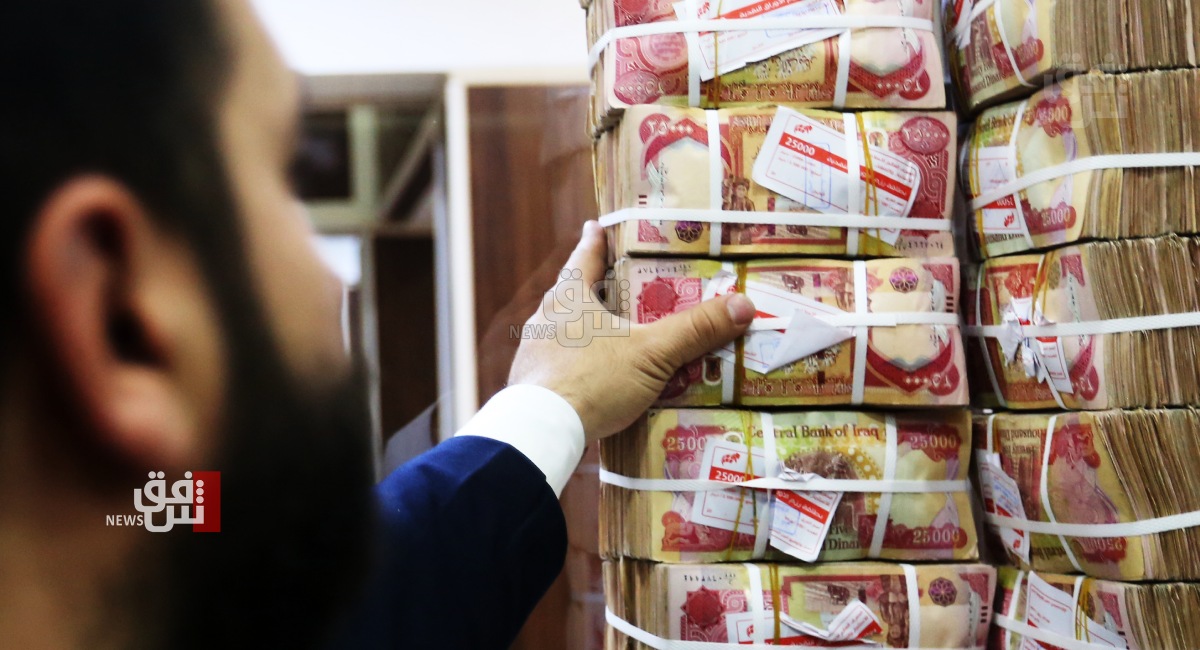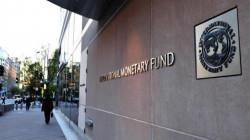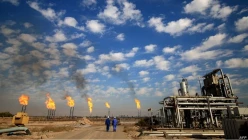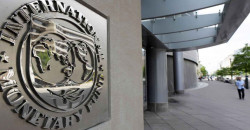Iraq's debt "very safe" below 33% of GDP

Shafaq News/ Iraq’s total public debt remains below 33% of the country’s gross domestic product (GDP), securing a low-risk standing in global credit rankings, an Iraqi official confirmed Friday.
Speaking to Shafaq News, Mazhar Mohammed Saleh, financial adviser to the prime minister, noted that Iraq wiped out nearly $100 billion in legacy foreign debt through the 2004 Paris Club agreement, most linked to pre-1990 conflicts under the former regime. The remaining debt was restructured over two decades, with the final installment—a $2.7 billion bond—due for full repayment by 2028.
During the war against ISIS, Iraq borrowed about $12 billion to support its national budget. The majority of these loans, especially those from the International Monetary Fund, have been repaid.
In the coming four years, Iraq must repay $9 billion in external debt. A similar amount, mainly from international development funds, is dedicated to rebuilding areas liberated from conflict. External debt currently represents roughly 8% of GDP, which Saleh described as “very safe.”
Domestic public debt totals 85 trillion Iraqi dinars (around $65 billion), with half held in the Central Bank of Iraq’s investment portfolio and the remainder mostly with state-owned banks or issued as bonds and treasury bills. Saleh attributed this accumulation to three significant downturns in oil revenues over recent years.
Internal debt, however, makes up about 25% of GDP. Combined with external obligations, Iraq’s total public debt stays below 33%—well under the widely accepted 60% threshold for sustainable debt levels.
Saleh also highlighted an unresolved $40 billion in debt dating to the Iran-Iraq war that remains unsettled despite the 2004 Paris Club deal. These “odious debts,” owed to eight countries, are expected to be written off by at least 80% under the agreement, pending verification.





